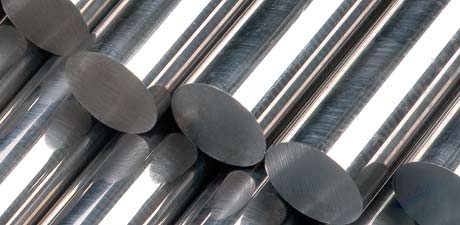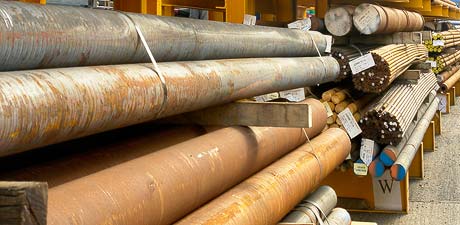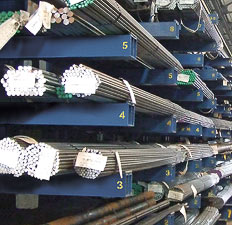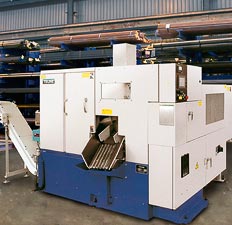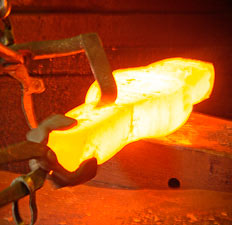Technical Data
Metallurgical Terms
Charpy Test.
A notched-bar impact test in which a test piece 55mm long by 10mm square is supported at both ends, and having a notch in the middle of its length, is struck behind the notch by a striker carried on a pendulum. The energy absorbed in fracture is obtained from the height to which the pendulum rises. A notch with a depth of 2mm and rounded at the bottom to a diameter of 2mm is known as a Mesnager notch. A notch produced by drilling a hole usually 2mm diameter and centre 4mm below one face with a saw cut from that face to the hole, is known as a Keyhole notch. Other notches may be used, such as the Izod V-notch.
Chromizing.
The production of a corrosion and heat resisting surface layer by the high temperature diffusion of chromium into iron or steel.
Clad Steels.
Two dissimilar types of sheets or plates bonded together. The covering metal usually possesses greater corrosion resistance, as when mild steel is clad with stainless steel.
Cleavage Planes.
Planes of easy fracture related to the crystal structure. They are not necessarily related to the boundaries of the crystal and are found in both minerals and metals.
Clink.
A large crack in a block of metal caused by uneven contraction or expansion during cooling or heating.
Close Packed Hexagonal.
An arrangement of atoms in crystals. (See Space Lattice).
Cluster Mill.
A mill in which slender work rolls are each backed-up by more than one roll to prevent deflection of the work roll in the direction of rolling. The backing rolls may themselves be supported by other backing rolls.
Co.
Chemical symbol for cobalt.
Coefficient of Elasticity.
(See Elasticity).
Coefficient of Expansion.
The ratio of the change in length, area, or volume per degree to the corresponding value at a standard temperature. For example, the coefficient of linear expansion of mild steel at 20° to 100° is .000011 per °C.
Coercive Force.
The demagnetizing force which has to be used to remove the residual magnetism of a substance.
Cogging. (Roughing).
The action of reducing a hot ingot into to blooms or slabs. It is the first stage in forging or rolling. An ingot which is reduced in a hammer is said to be hammer cogged to distinguish it from one reduced in a pair of rolls in a cogging mill which is said to be roll cogged.
Coining.
The forming of metals under pressure in closed dies so that an imprint of the die is left on the surface of the workpiece. The operation is usually performed cold.
Cold Cracking.
Cracks in cold or nearly cold metal due to excessive internal stress caused by the contraction. Such cracks may be brought about by the fact that the mould is too hard or by the unsuitable design of a casting.
Cold Drawing.
The process of reducing the cross-section of bars, tubes or wire by drawing through dies without previously heating the material.
Cold Heading.
A process for making the heads of rivets and bolts by plastic flow in dies. Wire or bar stock is used and by the application of pressure on the end, the diameter is increased and the flow confined in dies.


